Search
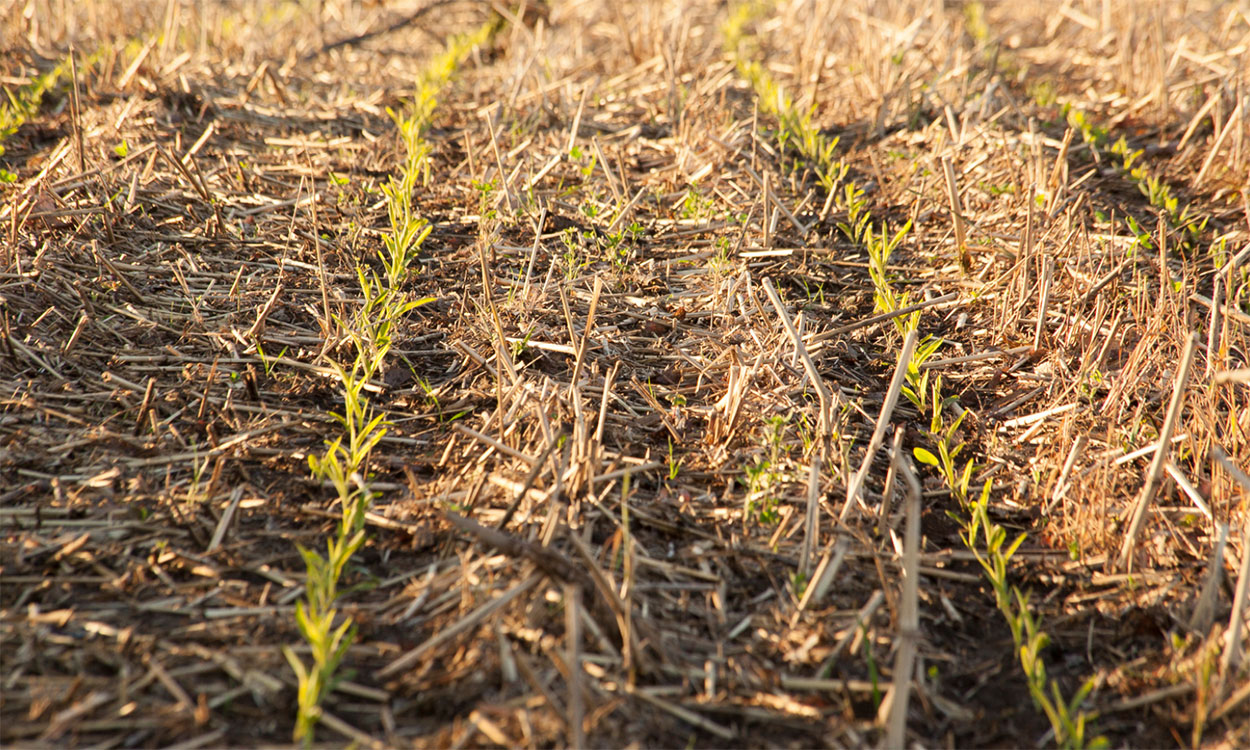
Estimating Corn Emergence With Growing Degree Days: Data from May 7, 2021
With corn planting well underway in South Dakota, the next step is monitoring its emergence. One of the factors that can speed up or delay corn emergence is air temperature.
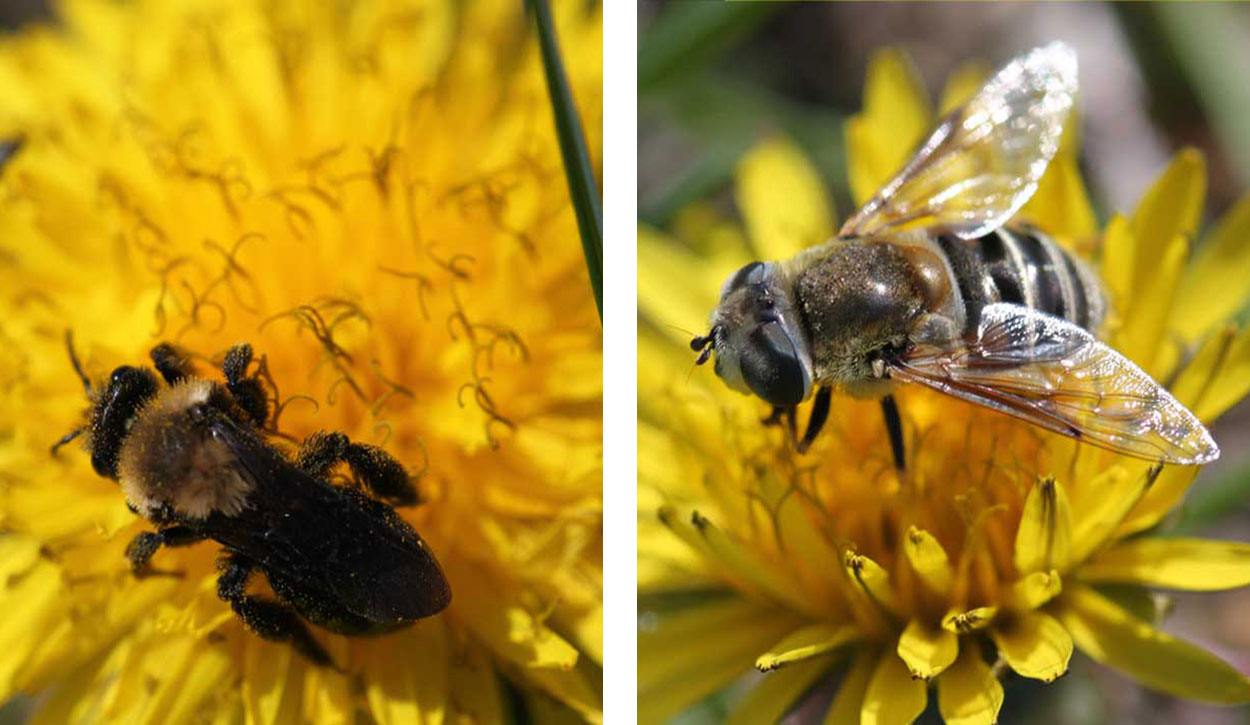
Should I Get Rid Of My Dandelions?
While there is much appeal to having a lawn that is free of other plants, there can be benefits to having some early-season diversity. Some weeds that are sprayed out of lawns, including dandelions, can serve as early-season food sources for pollinators.

Cabbage White Butterflies Are Here!
Keep an eye out for cabbage white butterflies in your garden. These butterflies lay eggs on the underside of the vegetable leaves. Once the eggs hatch, their caterpillars feed on cabbage, broccoli, Brussel sprouts, cauliflower, kale, turnips and radishes.

SDSU Extension to Host Summer Farm Stress Series
May 24, 2021
South Dakota State University Extension is launching additional virtual farm stress workshops to promote mental health awareness from May throughout the summer.
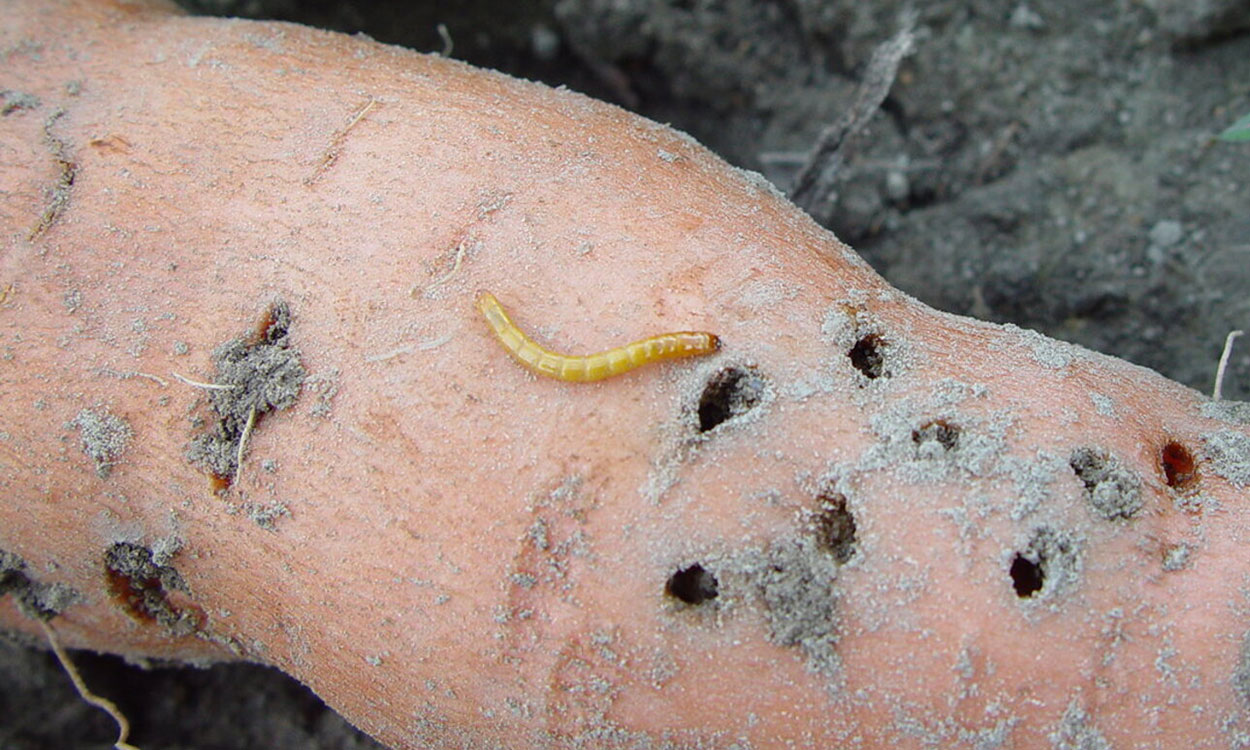
Wireworms in the Garden
With warming soil temperatures, overwintering wireworms have become active throughout South Dakota. Wireworms are soil-dwelling insects that can be pests of germinating seeds, seedlings and root crops.

2023 USDA Plant Hardiness Zones
Winter and spring are a great time for planning new garden and landscape designs. Learn how recent updates to the USDA Plant Hardiness Zones may have South Dakota gardeners feeling extra adventurous when selecting new plants for their gardens this season!
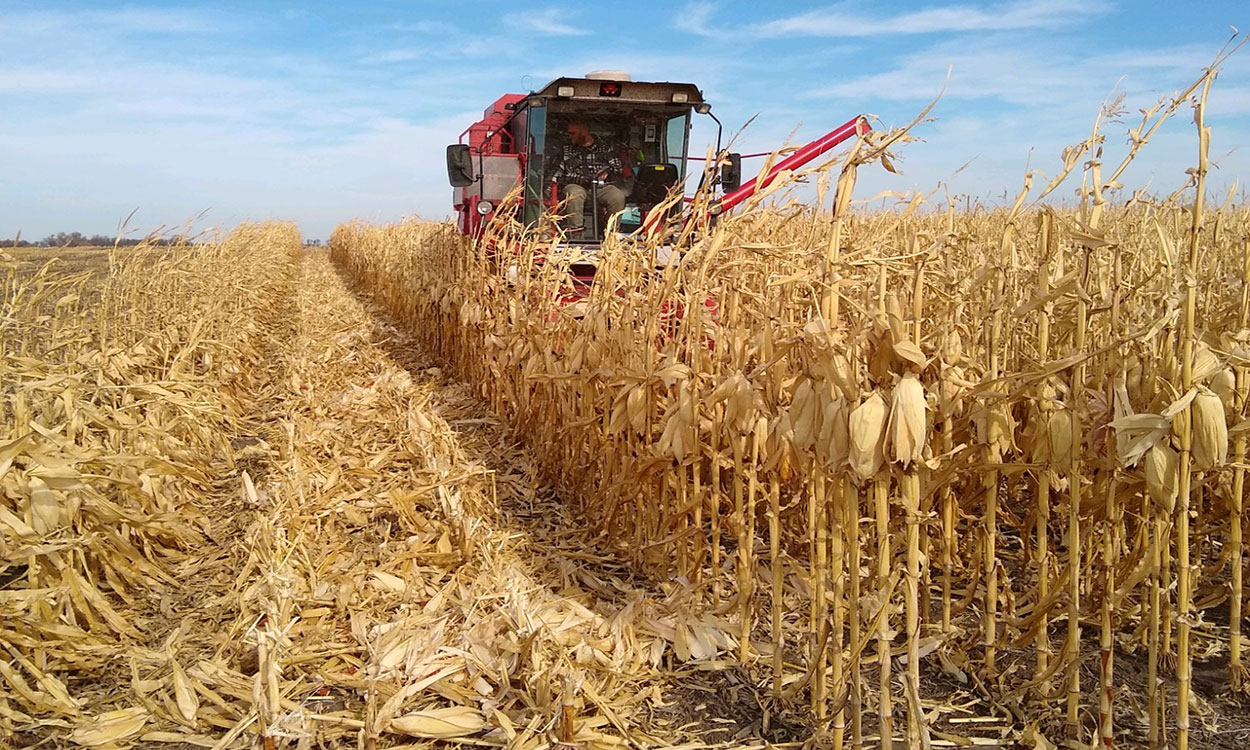
Using Data for Better Seed Selection
As harvest wraps up across the region, winter preparation and planning for next year begins. Yield trial results are a key component when making sound seed selection decisions.
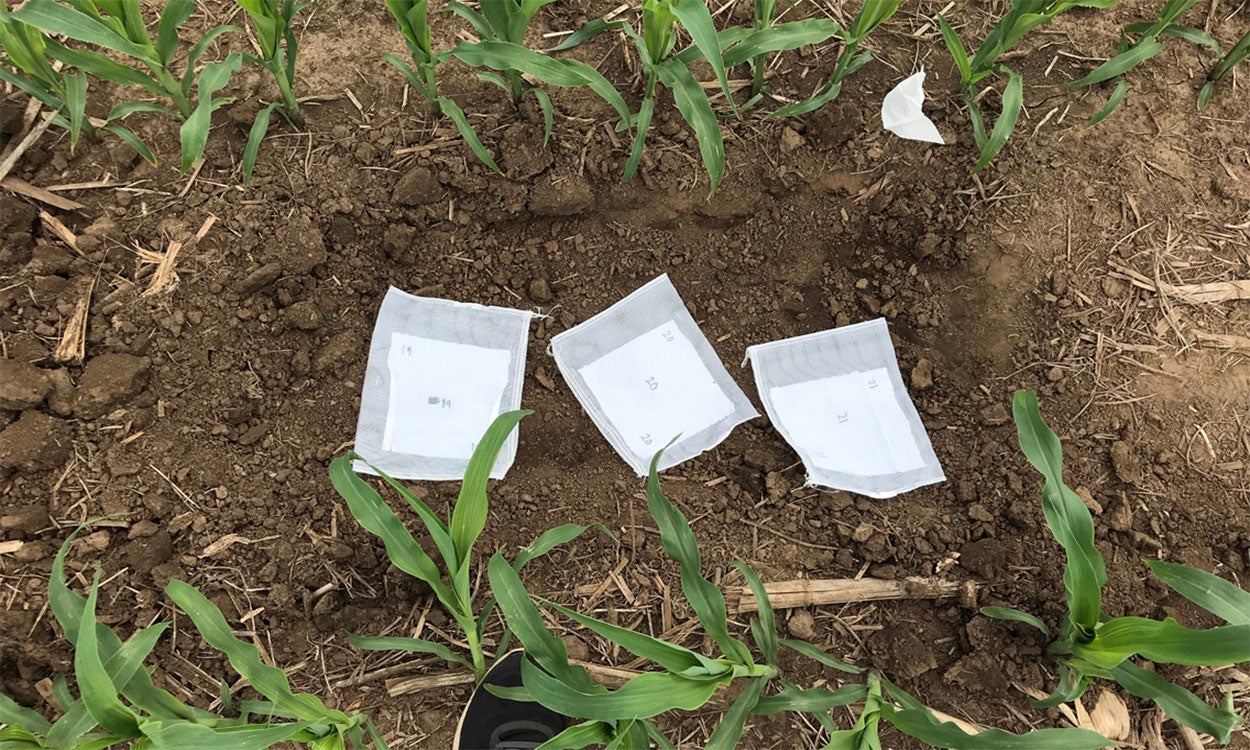
Cotton Strip Soil Test: Rapid Assessment of Soil Microbial Activity and Diversity in the Field
Soil has always been considered as a living system due to its biological components: fungi, bacteria and plant roots. Under several ongoing research projects, we started researching how we can use ‘cotton strip assay’ to compare different cover crop mixes to optimize field soil activity and build up better soil health.
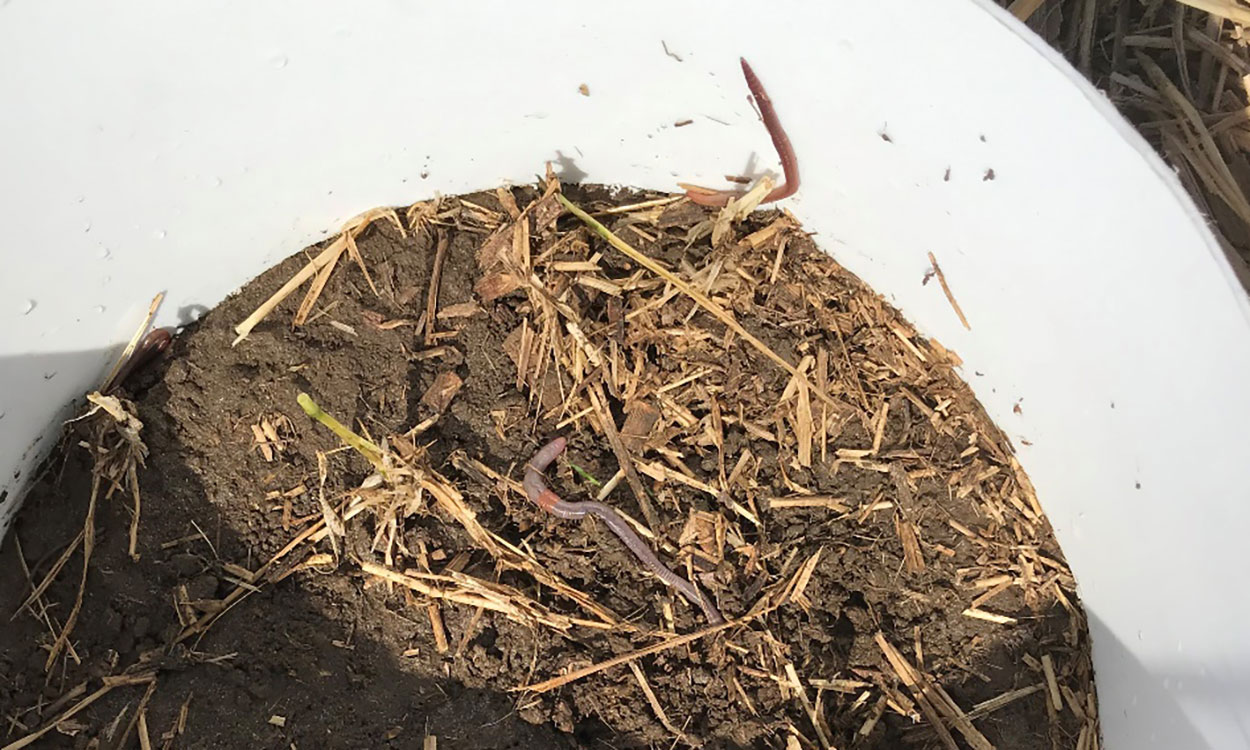
How’s Life in the Soil? Ask (Count) the Earthworms.
Earthworms are ‘very special’ creatures on earth, and their contribution in soil nutrient cycling and fertility management has been acknowledged from the beginning of agriculture. So, the question needs to be asked, how can we help improve earthworm populations?

Beets: How to Grow It
Beets are commonly grown for their bulbous roots, but their tops can also be harvested for greens, and they are an excellent source of Vitamin A as well as calcium. They grow best in the cooler temperatures of spring or fall.